Trains are mechanical beasts with colorful history, and it’s about time we get a game that harmonizes their powerful designs with the beauty of nature. Station to Station is a cozy game that aims to please those looking for this kind of experience. Developed by Galaxy Grove, this train management experience has been pieced together to bring dioramas to life. It’s got vibrant voxel graphics, a yard of locomotives based on real-life vehicles, and deceptively deep mechanics that aim to keep players on track for its 32 levels. It’s a train fan’s dream, but it’s also made for just about anyone to find something to love.
We here at The Escapist have been enamored by Station to Station and its cute cozy game promise, so we caught up with Galaxy Grove founder Joost van Dongen to learn more about how it all came to be. During our interview, we learned about how the team chose which trains to include, photo mode, fan feedback, and so much more.
The Escapist: Tell me about yourself and the team at Galaxy Grove. I’d also like to know what relationship the team had with trains before Station to Station and what relationship they have with them now.
Joost van Dongen: Okay, right. That’s a bunch of questions you want, I can answer them all.
Okay, so Galaxy Grove is a new studio that I founded just over a year ago. My background is that I was previously technical director and co-founder of Ronimo Games, you might know Awesomenauts or Swords and Soldiers. And then I left Ronimo about two years ago because I wanted to make management games. And that’s why I founded Galaxy Grove. I made a prototype for Station to Station, and then I managed to secure publisher funding and hire a team, and right now we’re 10 people. Station to Station started off with just me, but right now it’s really a team effort.
In terms of a relationship between the team and trains, well, that’s mostly my relationship with trains, in reality. I like trains quite a lot. I started liking them even more because I have a five-year-old son who was a giant train fan. So, I visited the local railway museum a dozen times, at least, I think. I’ve had plenty of cases where I just went to the station to watch random trains with him. So, he’s a huge train fan, and I became more and more of a train fan through that as well. Yes, Station to Station kind of came out of that, too, but it’s an idea that I had a lot longer. I became a lot more enthusiastic about this one because of that.
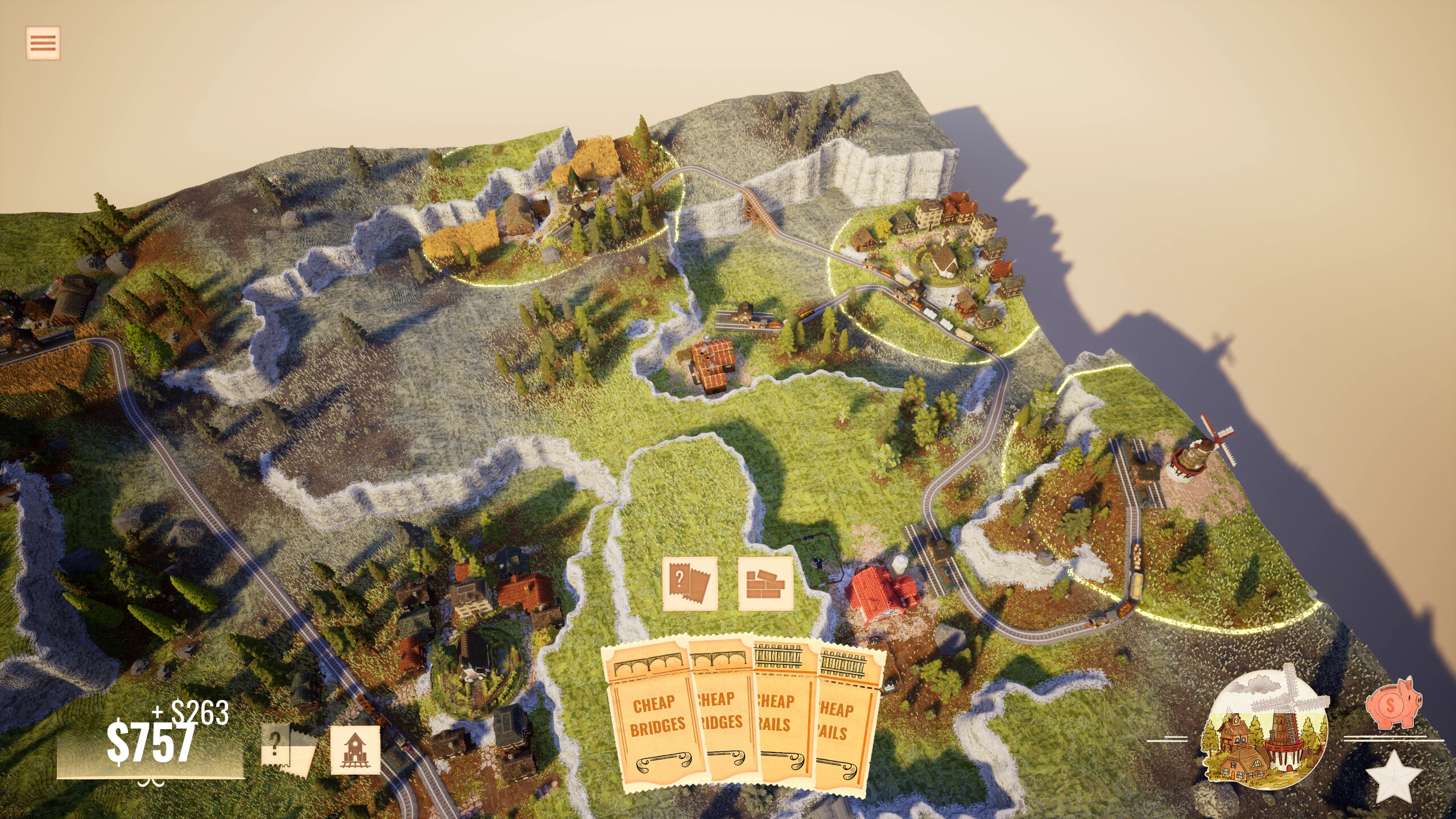
Can you talk me through Station to Station‘s core gameplay loop, and without some spoiling too much, how that might evolve as the game progresses?
Joost van Dongen: The main thing with Station to Station is that you get an empty landscape with a bunch of buildings. There’s not much happening still; it’s all a bit gray and dull. Then by adding stations and connecting things, it all comes to life. Industries are activated, the landscape becomes actually green, we have a nice little growing effect, where it all becomes nice and nice and happy, and then as you do that, you get money for making those connections. You get new buildings that you can also connect. After like 15 minutes, you finish the area, and then you go to a new level. It’s a minimalist management game.
It’s a real train-building game, but we take away a lot of the complexities of big Tycoon games where you have to like spreadsheets, otherwise, they’re not for you. I personally like spreadsheets, but with this game, we try to not be for spreadsheet fans. So, it’s deliberately a very relaxed and chilled version of that, that focuses on the fun of laying railroads. In terms of how it evolves over time, or over the game, we have six different regions, and each region adds its own mechanics and little things and also visually.
We play with that for a few levels, then you go to the next region where you get something else, and then over time, you also combine stuff. We keep it fresh by introducing new things, and we keep it from getting very complex while also taking away things and not just adding mechanics on top of each other. We have about 32 levels, where each level is a different thing. But it’s all laying trains, it’s creating trains, that’s the main thing. And then when you’re done, there’s also the custom game mode, which is a procedural map generator where you can set what kind of map you want and it just generates one that you could play. You can also change the difficulty and the type of industry and the size, that kind of stuff.
I wanted to ask about the difficulty modes. How do the different difficulties change the experience?
Joost van Dongen: Well, since this is intended to be a relaxing experience, it’s very important to us that it’s possible to play this game if you’re very inexperienced or not in the mood to think deeply. So, what we’ve done is that the core challenge of a level is always pretty easy. You don’t need to focus that much to achieve that. But if you’re the kind of player like me, who likes more of a challenge, and there are optional challenges that make it a lot harder. Well, you could finish the entire game without doing any, but if you do them then it becomes really challenging game.
If you get stuck despite that it’s not that hard, then there’s also just a “no money mode” where basically all the challenge goes away. It’s just, ‘Have fun playing tricks. Enjoy the chill, relaxed atmosphere. Look at the pretty trains and make some rails.’ You can finish the entire game that way. The game doesn’t punish you for not wanting to do the more advanced stuff.
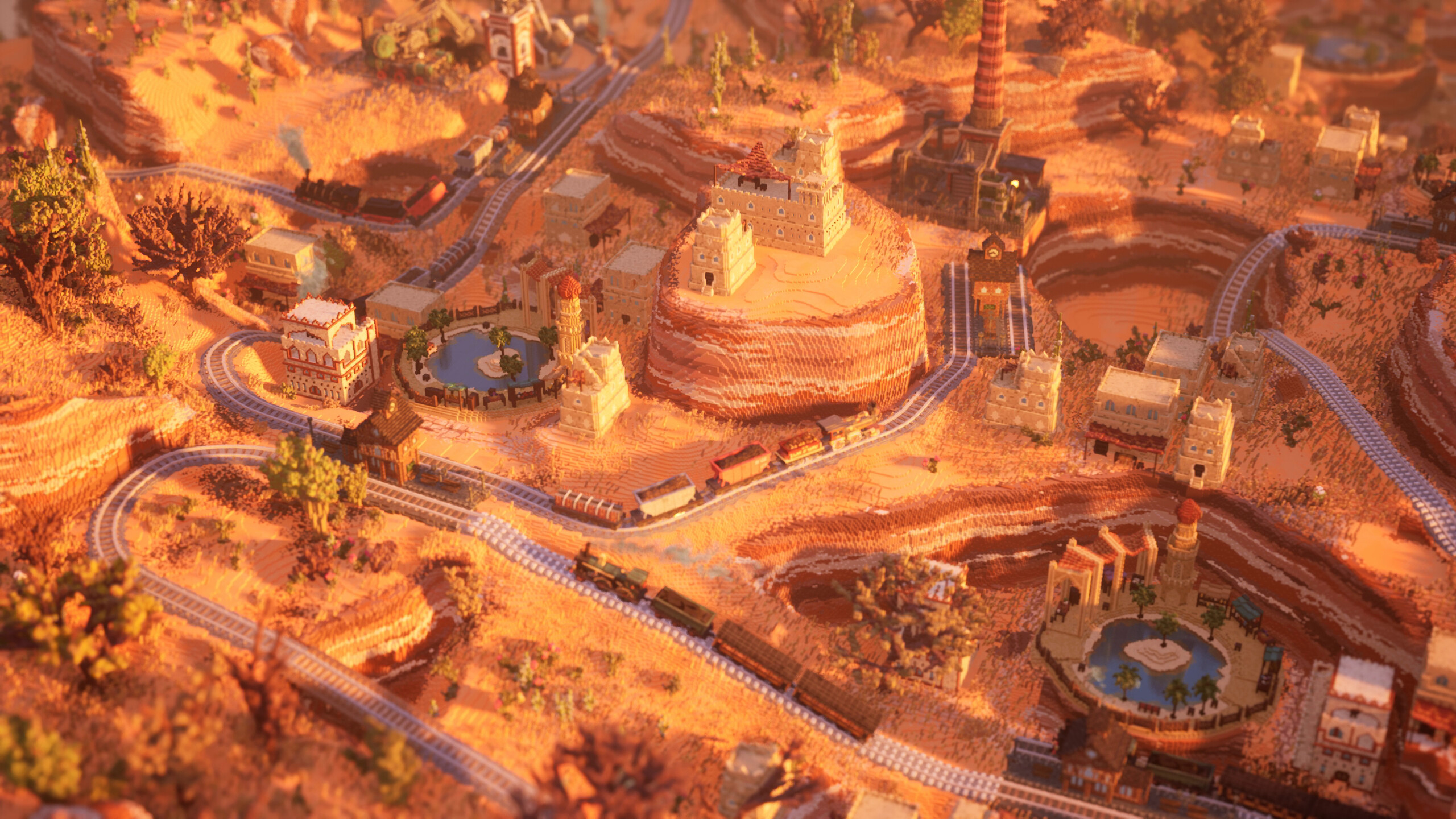
Personally, I love cozy games, but I also wish that they had some options for challenges. I like to feel involved in my games. So, that’s something I’ve really gotten attached to with Station to Station. There are some challenging elements, but you can still make it as cozy as you’d like.
Joost van Dongen: Yeah, yeah. That was an important driver for this game. I really like Islanders and Dorfromantik, if you’ve seen those games. Both have super nice atmosphere and a fun core, but to me as a player, I’m kind of done in 15 minutes because you see the entire game in 15 minutes. From there, the game just tells you, ‘Well, you can keep playing, if you like.’ I know that that triggers and that works for a lot of people. I’ve pitched a game to a publisher, where they said, ‘Oh, yeah, I played Dorfromantik for 1000 hours.’
So, it works excellently for a lot of people, but for me, as a player, I want a bit more structure. I want goals that I feel that I can complete. I want to work towards something, and we’re kind of trying to get that super chill vibe of those games at the very fun core experience that those games have but then add some stuff on top so that players who want a bit more of a goal can have that.
I’m sure you’ve seen many comments talking about how incredible the visuals are in the effects of seeing the growth and colors overtake the land. It’s really beautiful. I also wanted to ask: What are some of the games, movies, and music that helped inspire the development of Station to Station?
Joost van Dongen: I mentioned a few games: Islanders and Dorfromantik. Another game that inspired it is the Tycoon games, especially Railroad Tycoon, Transport Tycoon, but also Railway Empire. That’s an interesting inspiration because the game is kind of a counter to that in the sense that I wanted to catch the thing that makes it fun but then remove all the complexities. So, in many ways, it’s an attempt to remake those games with a very different mindset. The result is very different. So, I guess it’s both inspiration and a counter-inspiration, in a sense. Outside games, I’d say that a good inspiration is Gryphon, an obscure ’70s folk prog rock band. They combine rock with weird instruments. So, the standard instrument in their band is a bassoon. Like, a lot of people don’t even know what a bassoon is, but it’s a wind instrument. The sound is great.
The soundtrack for Station to Station, when I was when I was brainstorming what it should sound like with the composer, Paul Aubry, the main inspiration was a song by Gryphon. That’s also why our soundtrack has a lot of these quite rare instruments in games. Like I mentioned bassoon, we actually have a live bassoon player who played all the bassoon parts in the soundtrack. That’s something you’re not going to find in a lot of games. I’m a huge music fan, so one of the real instruments. So that’s an inspiration.
Another important inspiration, although you’ve undoubtedly never been there, is a theme park in the Netherlands called Efteling. It’s one of the top five biggest theme parks in Europe. They have a gigantic model railway set that you can just look at. It’s very antiquated for a modern theme park, but they just kept it because they built it 50 years ago. It’s super pretty, and we really tried to get to the vibe of that with this.
What kind of person are you making Station to Station for? Who is that target audience? Who do you envision when you see someone playing?
Joost van Dongen: Anyone who likes to play it. (laughs) To be honest, I define target audience more as people who play other games, and then I don’t have very good data on what kind of people those are. I imagined that our players are relatively old, like 25 plus, and I imagined that since it’s about building trains, they’ll be relatively male. Then again, cozy games are a genre that’s very attractive to female players as well.
So yeah, I guess anyone above 25, but really I define it more as, if you like, the big Tycoon games, then this is a nice, chill distraction from that. If you like, cozy games, this is a cozy game. If you like minimalist management games like Mini Metro, this is that kind of thing. All those players I think it could appeal to.
What kind of emotions are you hoping to pull out of players as they play Station to Station?
Joost van Dongen: Rage! Anger! (laughs). Well, no. Above all, I want it to be a very chill and happy experience. I just want this feeling of, ‘Look at these pretty places that are making, and look at how I’m spreading happiness.’ I want the player to feel like they’re spreading happiness. That’s the main thing, I think.
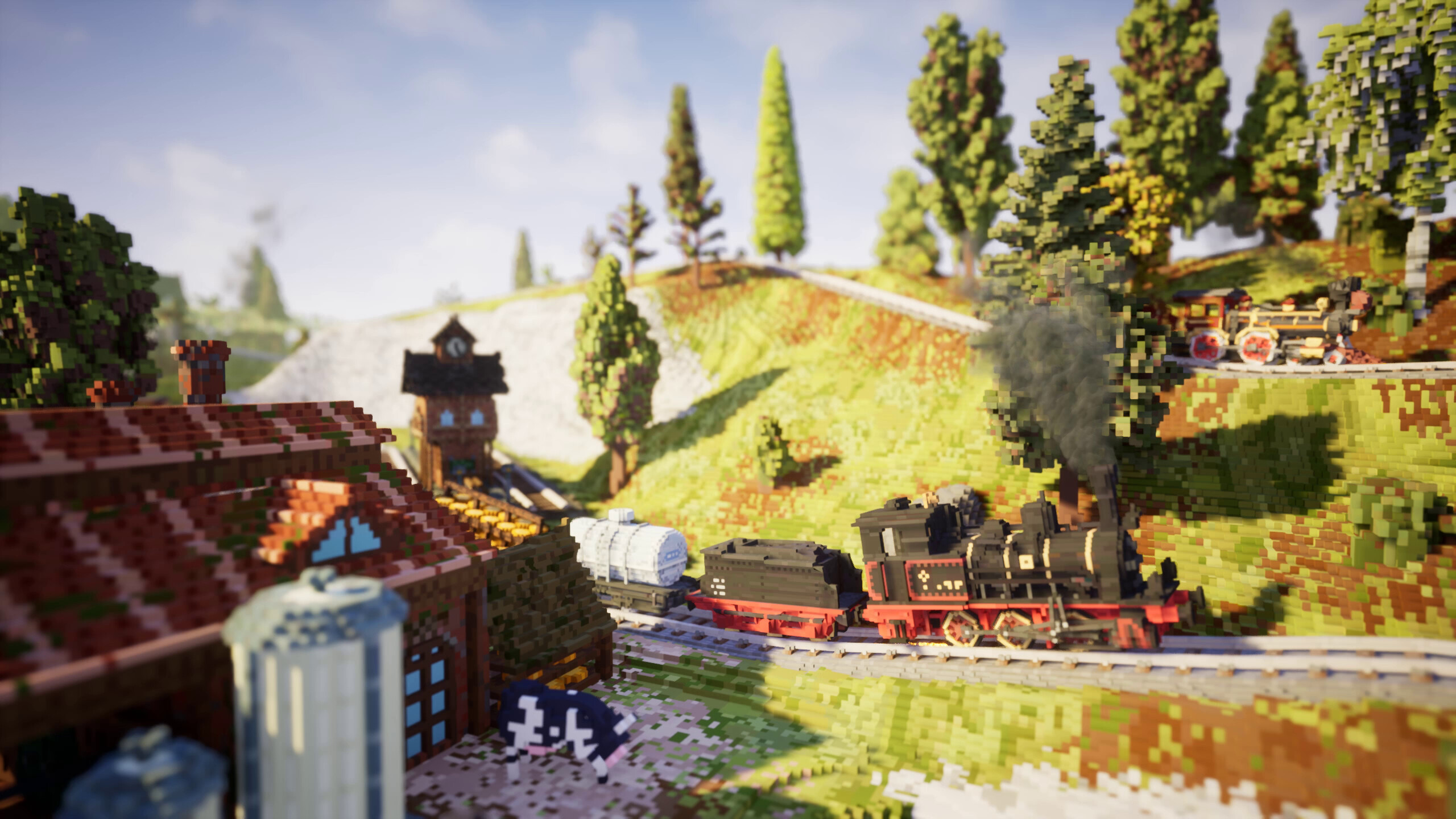
From everything I can tell, Station to Station‘s trains are based on real-life locomotives. What can you tell me about your train research and the process you went through to choose which trains made it into the game?
Joost van Dongen: So, the poster child train, the green locomotive, that one is actually based on my favorite locomotive at the local railway museum. So, that was just, ‘I love this, this locomotive, and now we’re going to make it.’ So that was easy. Beyond that reasoning, was… Station to Station, it has these tiny dioramas, tiny areas, and the idea is that you’re going to pack them full of rails. Rails in our game have relatively tight bends – unrealistically tight bends. Modern rails are always very slow with wide bends.
These very tight bends are a very strong limitation because most locomotives that are built off the 1900s are very long, and long locomotives look terrible with such tight bends. So, we kind of have a maximum length that a locomotive can have, and that means that we’re kind of automatically restricted to steam locomotives from before 1900. The nice thing is that those modern steam locomotives from after 1900, they breathe power. They’re big and strong, and that’s cool. But we’re making a chill game, right? So, these earlier locomotives, they’re often, to the modern eye, a little bit odd and a little bit clunky and cute compared to those big monsters that they made a bit later.
That fit us perfectly, and when I realized that, for some of the local models that you see a bit less often in the game, I deliberately went for some of the weirder ones that I could find. We have a double Fairlie locomotive – you’ve got to be a really hardcore train nerd to know that term. I didn’t know it until recently. But what it means is it’s a mirror of the locomotive. There’s an engine at the front and an engine at the back, and the driver in the middle. When you see it in-game you probably think, ‘Okay, these guys had too much imagination. This is a fantasy locomotive that doesn’t exist.’ It’s actually based on a real one. A few of the locomotives were chosen based on, ‘This is weird, and funny and cute, and really existed – let’s do it.
I had no idea old trains could be so bizarre. Has there ever been any intention or desire to do more modern, boring trains?
Joost van Dongen: Well, I wouldn’t say more modern trains are more boring. I like those too. Well, I have been looking into that because it would be cool to have some more modern locomotives in there. But, yeah, we do have those tight bends. So, I think in practice it wouldn’t easily materialize. I would love to have The Flying Scotsman, it’s a it’s a famous, more modern steam locomotive, or the Mallard, the fastest steam locomotive ever. It looks absolutely amazing, but it’s so long. I don’t think we can fit it in.
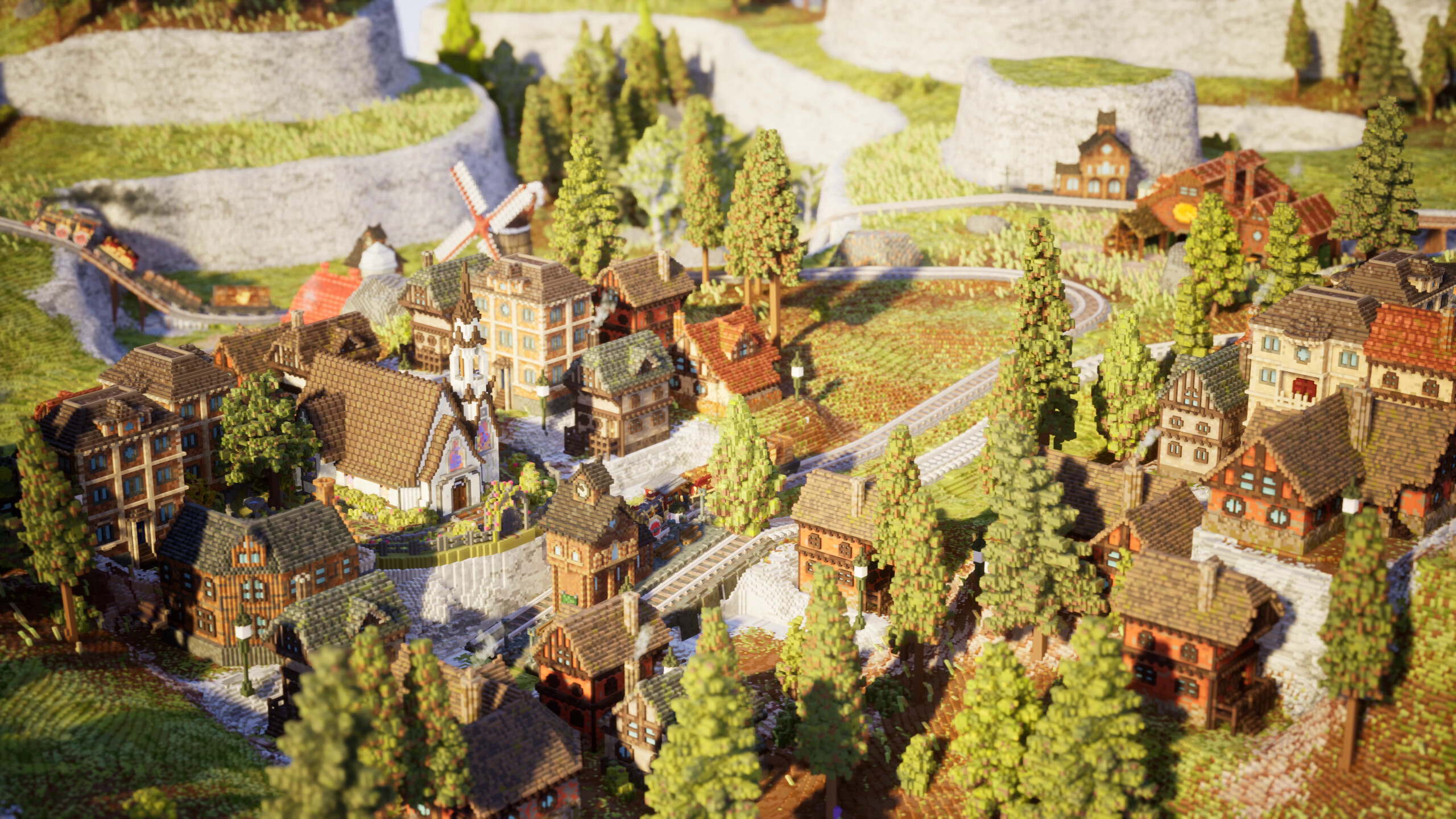
You’ve worked on games like Awesomenauts, Swords and Soldiers, De Blob, and so much more. What did you take from your experiences with those games when making Station to Station?
Joost van Dongen: I think the most important thing I think I took is the mindset that we always had at Ronimo: Player comes first in everything. Player experience always comes first, and that means that you need to start playtesting super early. I was already playtesting the game with other players when I was only working on it for a few weeks. It looked terrible. It played terrible, but I was already trying to figure out, ‘What do people like? What do they don’t like? What’s intuitive to them? What’s unclear to them?’ I made a lot of changes based on that. Based on, ‘Okay, this mechanic is fun and interesting, but it’s hard to explain. If it’s not intuitive, then I don’t want it.’
I want a mechanic that’s easy to understand, and fun and interesting to play. That’s kind of the gold standard, right? So, that mindset of player first and bring everything to the player as quickly as possible, that’s very important to us. It also shines through things like, when we make art, we always ask the question, ‘Is it easy to read from a distance? Can you easily distinguish these buildings from each other?’ So, we’ve axed some excellent designs, like fairly creative designs because they read badly. I think that’s the main thing that I took from the games that I’ve made before.
You talked about this a little bit already, but you just announced that Station to Station is getting a custom game mode as a result of fan feedback. I’ve also seen you tease a little bit that other features might have found their way into the game as a result of fan feedback. What are some of the other features or tweaks you’re interested in adding, have already added, or maybe might add post-launch? Personally, I’d love to see a photo mode.
Joost van Dongen: Oh, yeah. Photo mode is not currently in the game, but we will add that in a post-launch update. So that’s, that’s a good example, actually. Another one is that some players that were frustrated that, when you finish a few railroads, you get new buildings, but those buildings come in unannounced places. You’re like, ‘Oh, I set it up wrong. If I had known that the building was coming there, I would have connected things differently.’ So now, we visualize where our buildings will be, and if you’ve already played a level, then you can even see which building it will be. That’s something that we’ve done based on player feedback from the demo.
Another change is that we’ve added a checkpoint system where you can load previous phases of the level if you get stuck, so you don’t need to replay the entire thing. That’s also based on player feedback. Some of the locomotives in the game are based on player suggestions. The double Fairlie locomotive I just mentioned. I had never heard of it, but I had asked the community, ‘Do you have any favorite locomotives you want to add?’ And one player said, ‘Well, I’m a volunteer on a group that maintains old locomotives, and we have this double Fairlie, and it’s super cool. You should include that.’ So that’s actually based on someone who drives actual locomotives who asked for it.
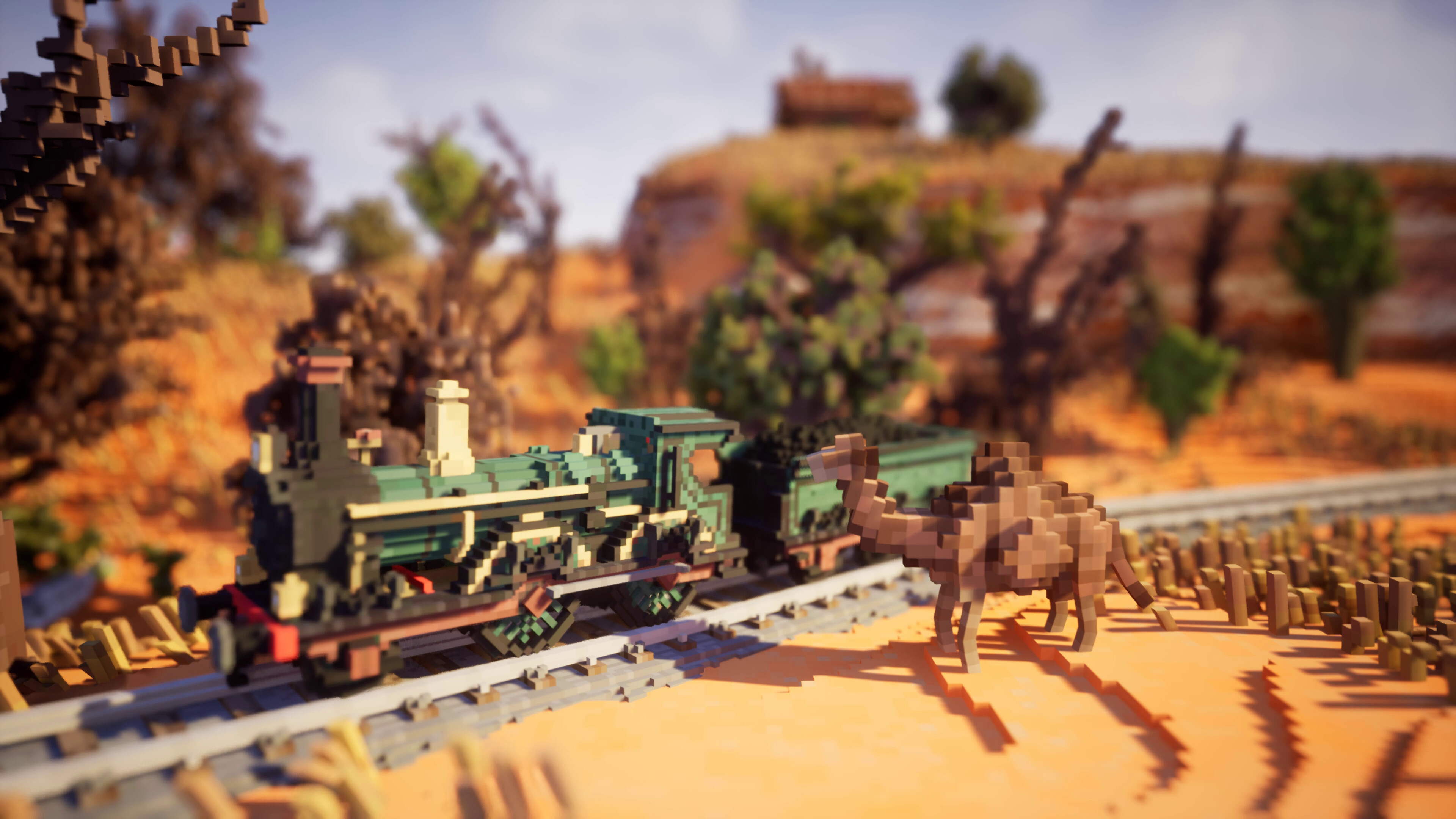
You already shared that you guys are going to add photo mode at some point, so I won’t ask too much, but in the Galaxy Grove Discord, an FAQ section does say, “If we can bring Station to Station to other platforms, we will.” With launch right around the corner, is there anything more you can share about additional platforms?
Joost van Dongen: No, not more than that. We hope that we can make it happen.
Is there anything else you’d like to add about your game development journey, Station to Station, trains, or anything along those lines?
Joost van Dongen: Well, I guess one interesting bit: I’ve seen a few people compare with Terra Nil. They have this cool effect where the world becomes green. So, I’ve seen some players who are like, ‘It’s cool that they got inspiration from Terra Nil.’ I love what they’re doing there, but the funny thing is that when we started Ronimo 16 years ago – that’s the Stone Age – the first game we tried to make was Snowball Earth. It’s a game that got canceled because we couldn’t find a publisher for it back then.
That game was all about turning the world green, and you can actually still find some videos and the prototype of it online. It’s pretty cute to see. So, you’re a little robot running through a snowy landscape and everywhere you walk, you heat it up, and you see the snow melt, and it becomes green and plants pop up and little animals come around, and stuff like that. Of course, there’s also De Blob which is all about how the world is gray and you’re painting it, you’re bringing color. So, somehow, we didn’t take this from Terra Nil, but I stole it from my own previous games. Apparently, it’s something that I really liked. I just really like the world transforming to prettier colors.
Station to Station is out now on PC via Steam.
This interview with Galaxy Grove for Station to Station has been edited for clarity.

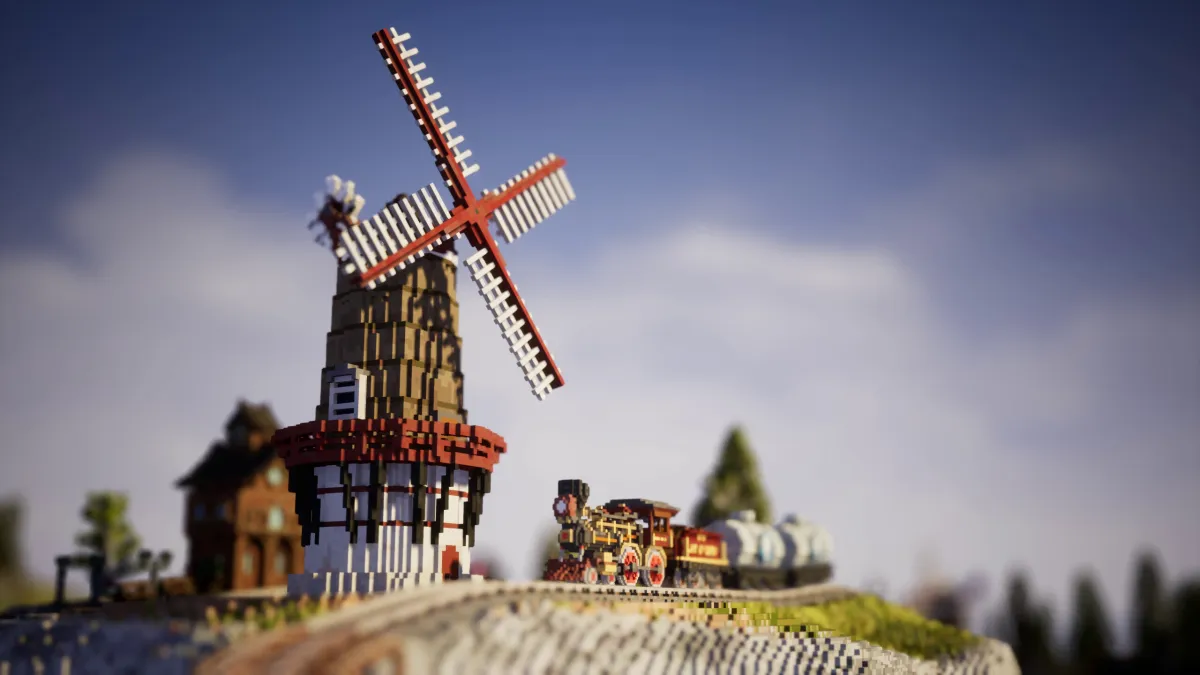
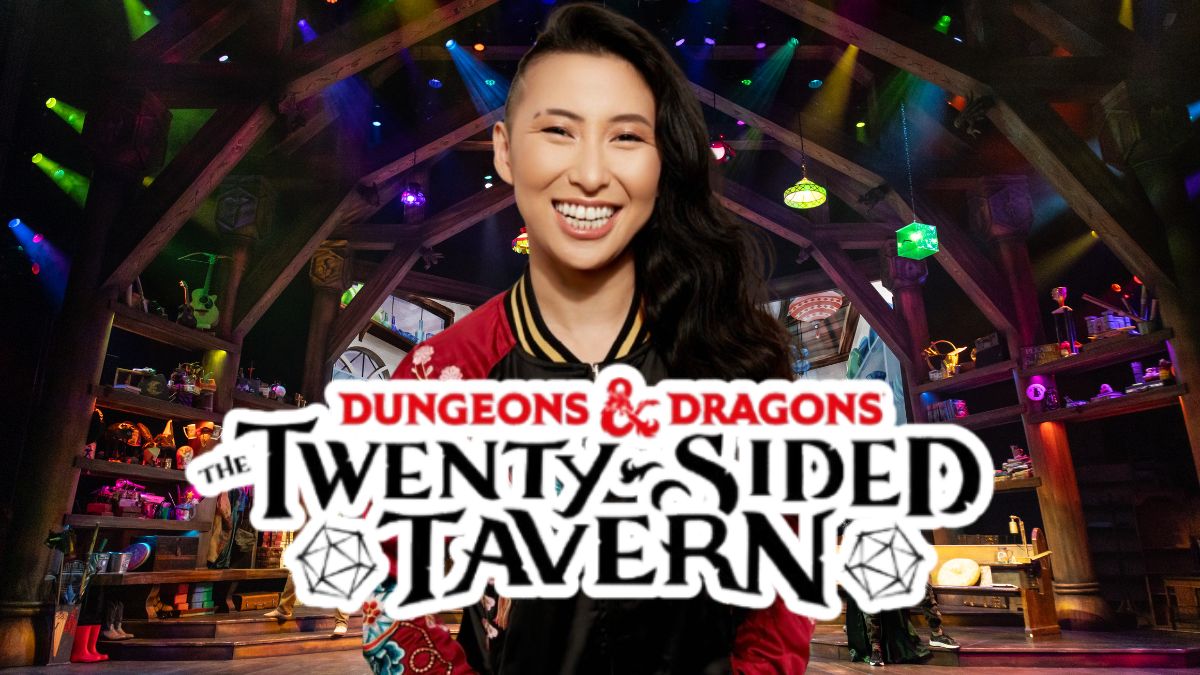
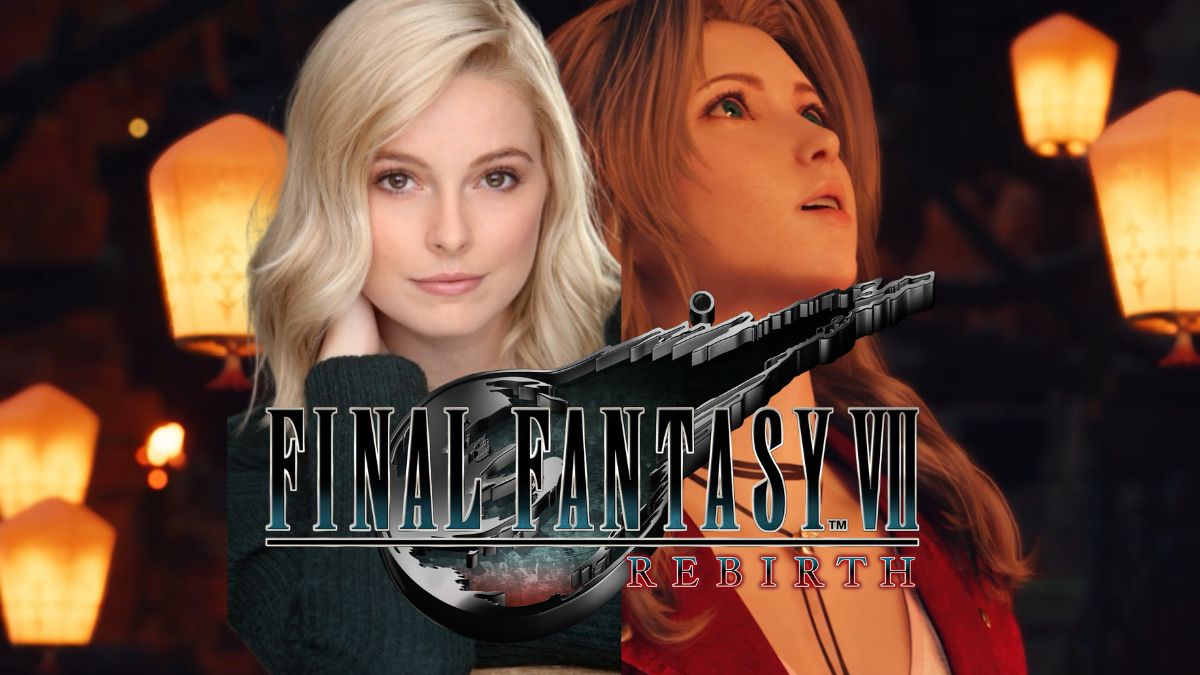
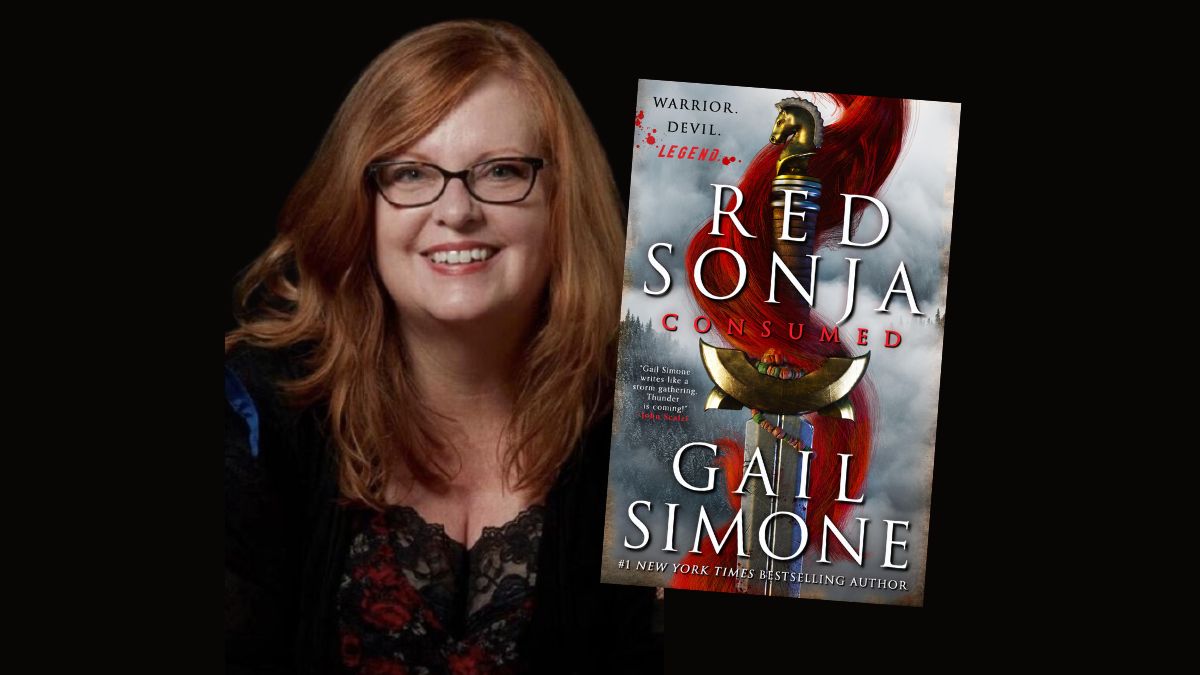
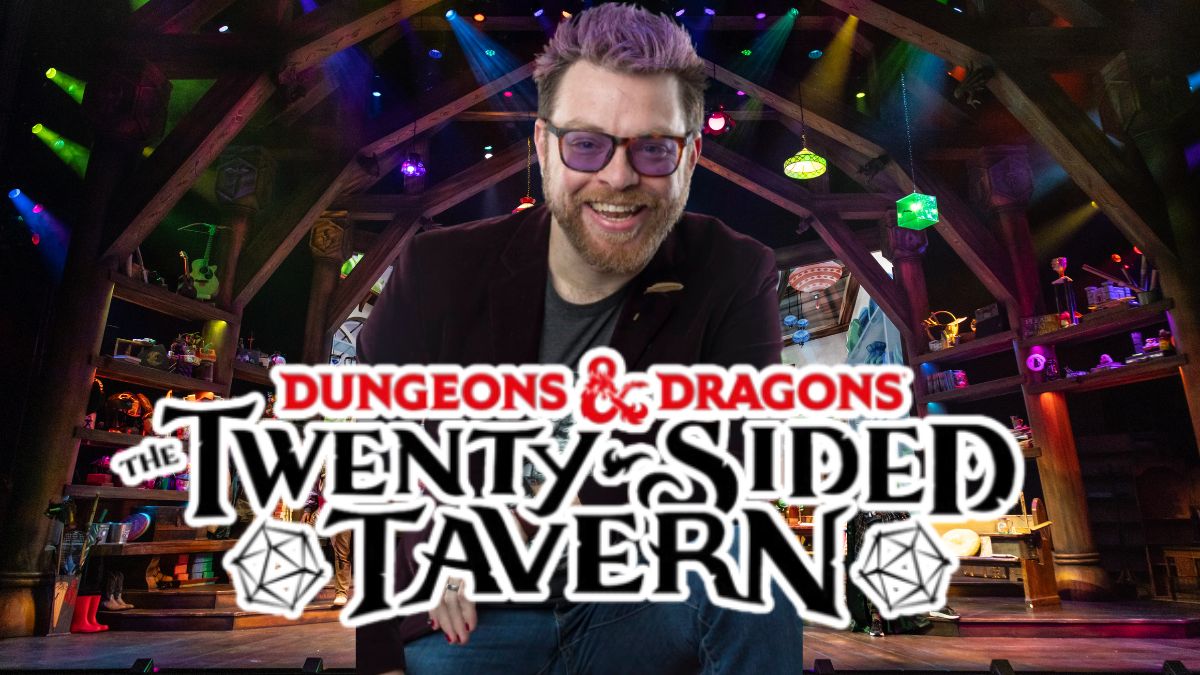

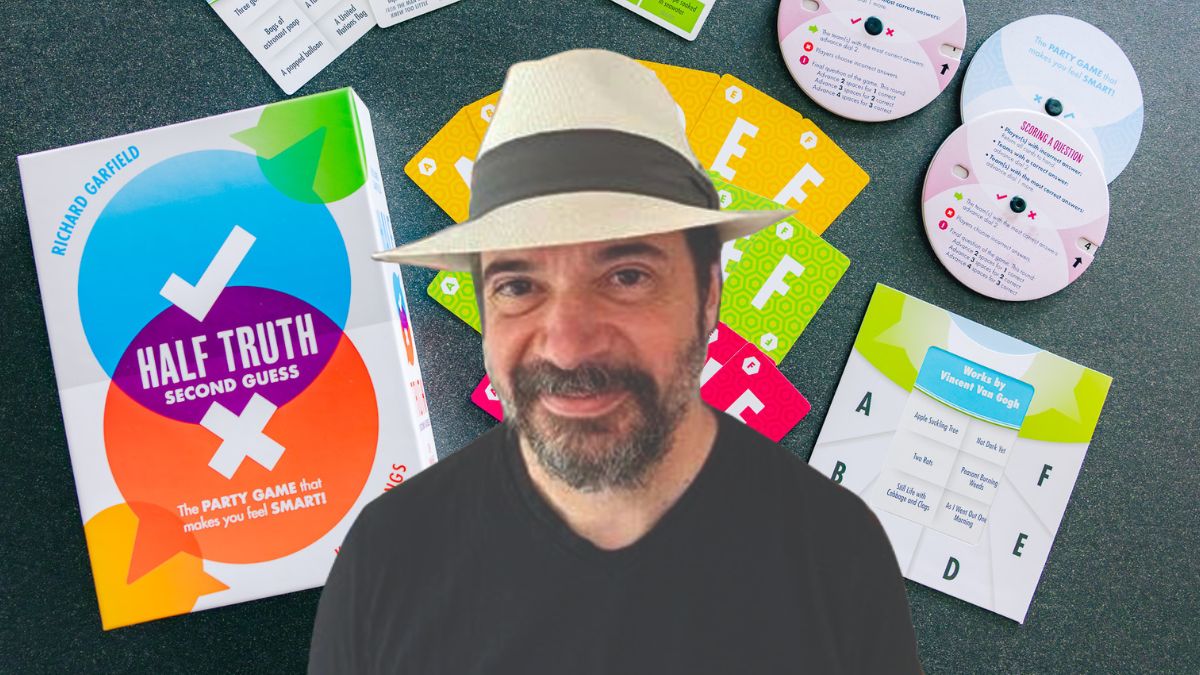
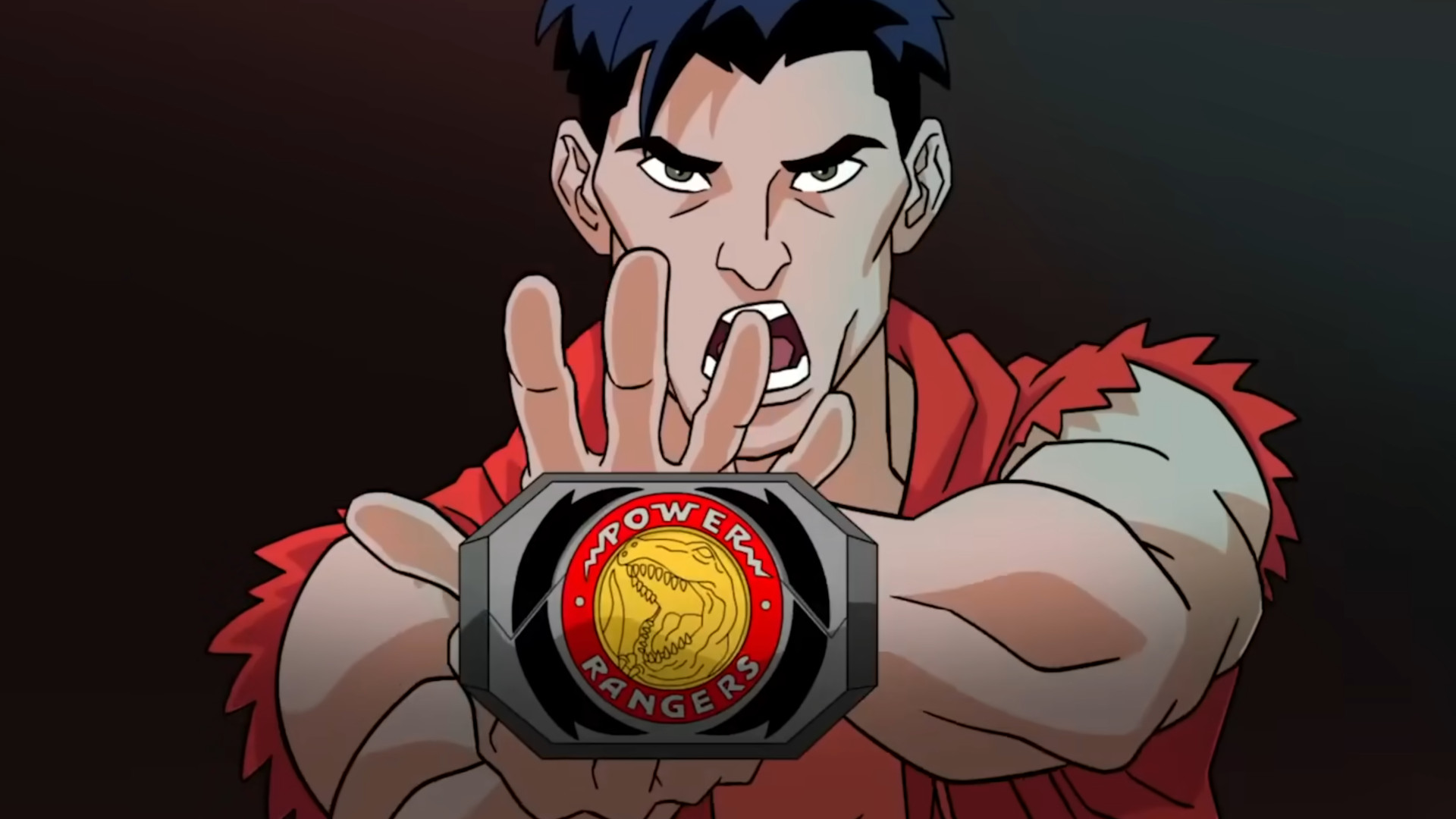
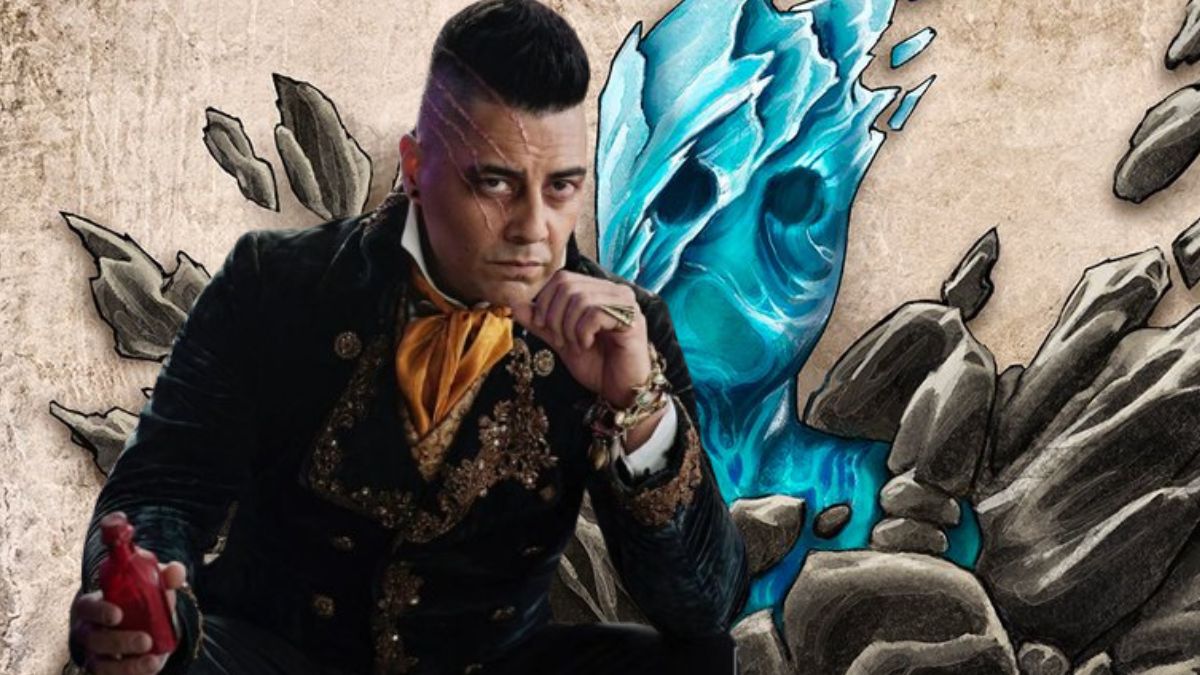


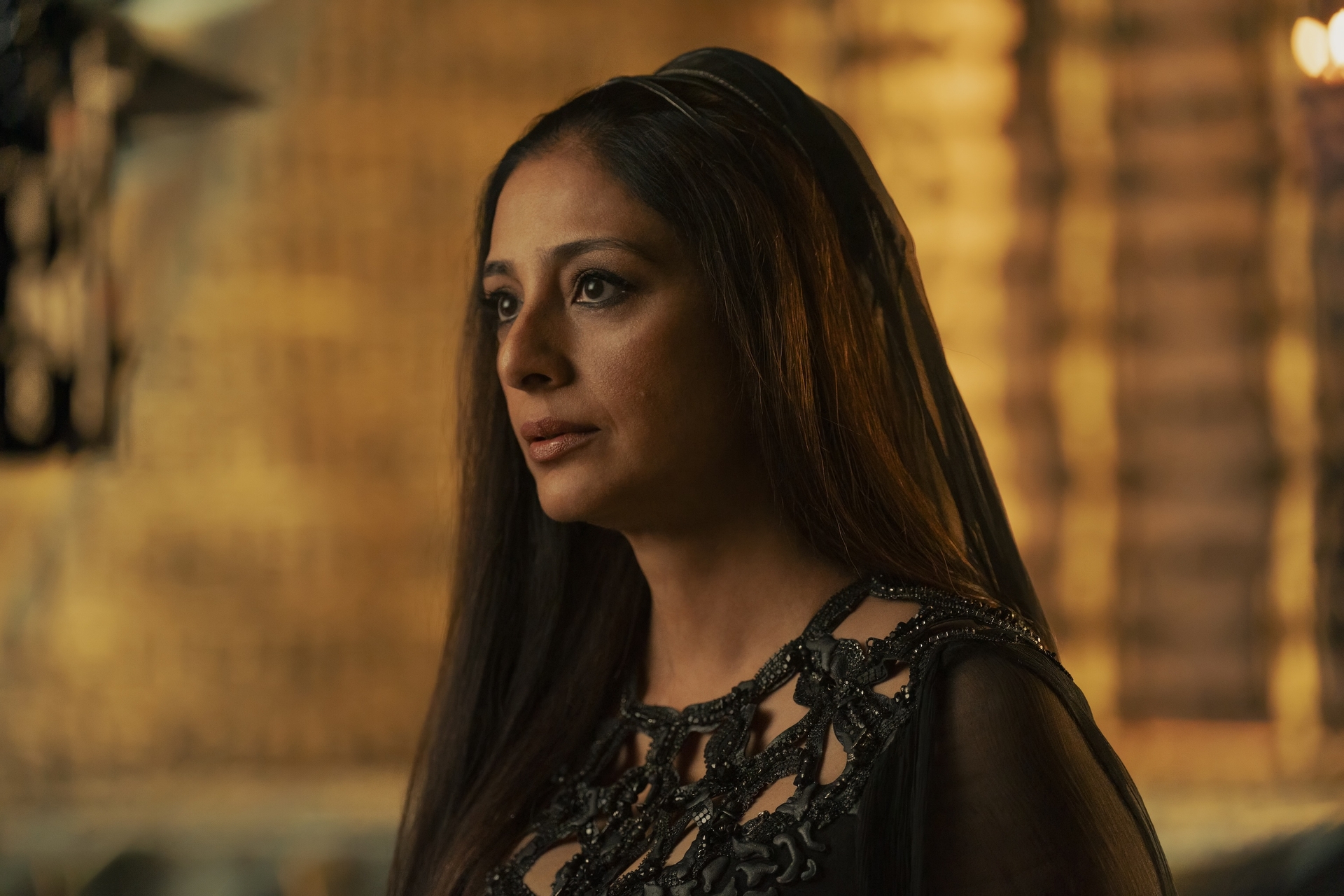

Published: Oct 3, 2023 8:06 PM UTC